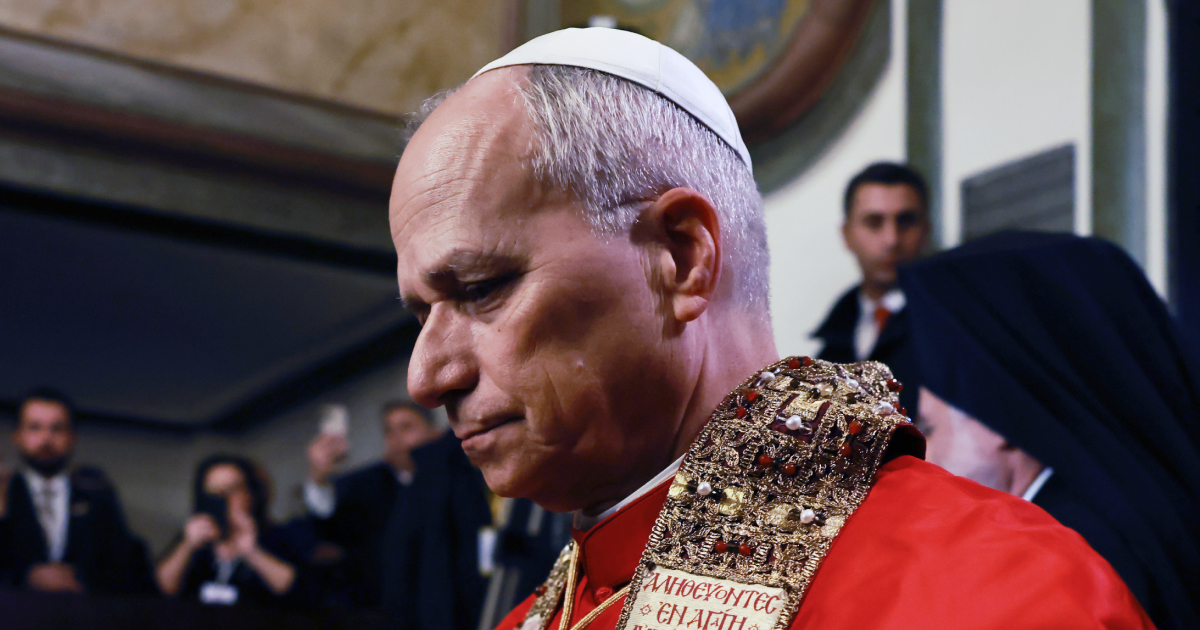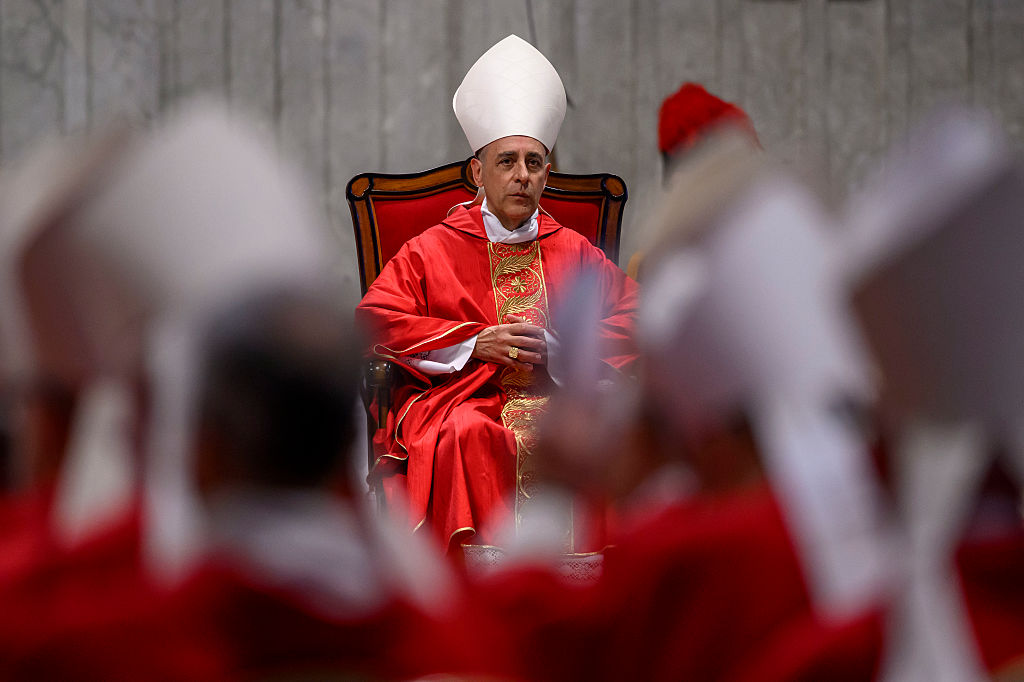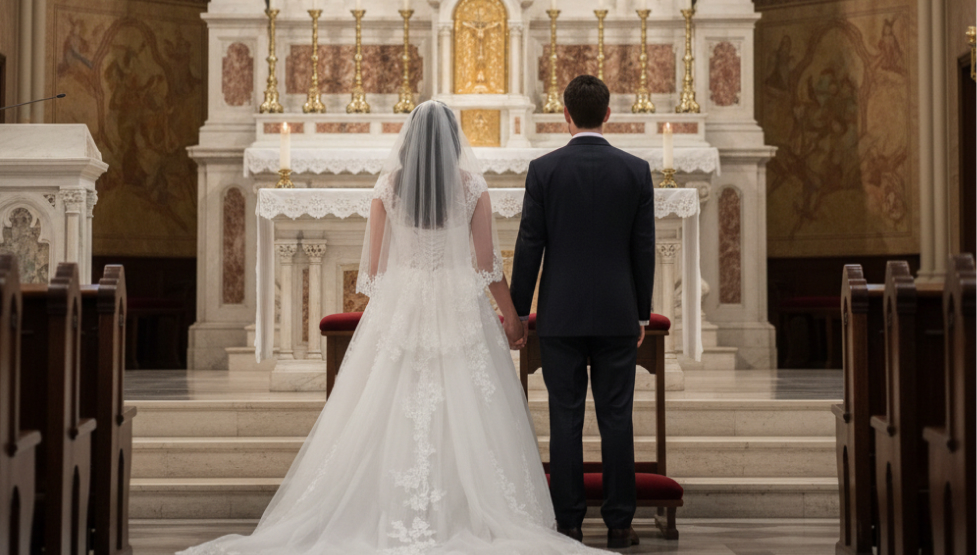Thousands of pilgrims travelled to Rome for the annual Summorum Pontificum pilgrimage from Friday 24 October to Sunday 26 October, celebrating the Traditional Latin Mass under the aegis of the Pope in the heart of the Catholic Church.
This year, the ancient rite of the Mass, in its pontifical form, was once again permitted to be celebrated in Saint Peter’s Basilica on Saturday 25 October, at the Altar of the Chair, after a two-year hiatus.
With re-established permission from Pope Leo XIV, Cardinal Raymond Leo Burke presided over and celebrated the Mass before an unexpectedly large congregation, with many pilgrims turned away from the designated area of celebration.
Neither the organisers nor Vatican staff had anticipated such a turnout. Fr João Silveira, formerly one of the event’s organisers as a layman, told the Catholic Herald that over 3,000 traditional Catholics attended this year — three times last year’s number.
With an abundance of young converts arriving from across the globe for their love of the traditional Mass, the focal point of the pilgrimage in Saint Peter’s was preceded by a day-long conference at the Augustinianum.
The conference featured speakers and devoted traditionalists from France, Spain, Brazil, Portugal, Italy, and the United States. Also in attendance was Cardinal Robert Sarah, who welcomed the pilgrims.
The origins of the pilgrimage trace back to Pope Benedict XVI’s motu proprio Summorum Pontificum, which liberated the Traditional Latin Mass and extended permission to celebrate it to all priests. This magisterial act overrode assumptions that the Mass had been abrogated by Pope Paul VI in the wake of the attempted implementation of the Second Vatican Council’s call for liturgical reform in Sacrosanctum Concilium.
Cardinal Burke, in his homily given in Italian, Spanish, French, and English, told those present: “Today’s Pontifical Mass is celebrated according to the oldest form of the Roman Rite, the Usus Antiquior.”
“The Church celebrates the 18th anniversary of the promulgation of the motu proprio Summorum Pontificum,” he continued, “with which Pope Benedict XVI made possible the regular celebration of the Mass in this form, in use since the time of St Gregory the Great.”
“In the privilege of participating today in the Holy Sacrifice of the Mass, we cannot help but think of the faithful who, over the Christian centuries, have met the Lord and deepened their lives in Him through this venerable form of the Roman Rite. Many were inspired to practise the heroism of holiness, even unto martyrdom.”
The Mass concluded with a blessing and exorcism prayer invoking Saint Michael the Archangel from Cardinal Ernest Simoni — an Albanian prelate born in 1928 who was arrested and tortured by the communist regime in the 20th century.
On Sunday, the traditionalists who had travelled from around the world dispersed to fulfil their Sunday Obligation at various Latin Mass centres across the city.
Most attended the FSSP’s 11 a.m. Mass at Santissima Trinità, where capacity was so strained that pilgrims could not enter the church due to lack of space. Attendance was described as “explosive”, and in some cases pilgrims were unable to receive Holy Communion as the church ran out of consecrated hosts.
Named after Benedict XVI’s 2007 motu proprio which greatly increased the availability of the Traditional Latin Mass, the Summorum Pontificum pilgrimage traces its roots back to 2011 and has become an annual fixture for communities attached to the Extraordinary Form of the Mass.




.jpg)





.jpg)





